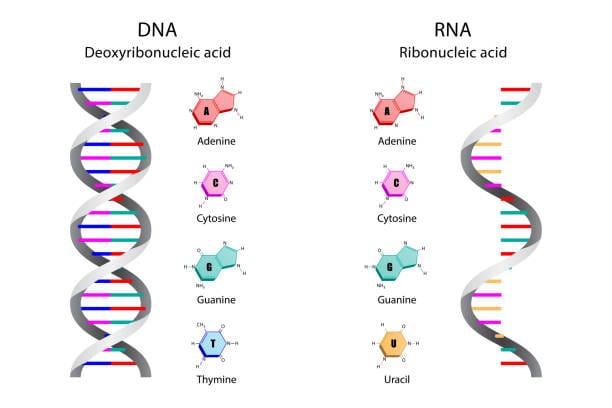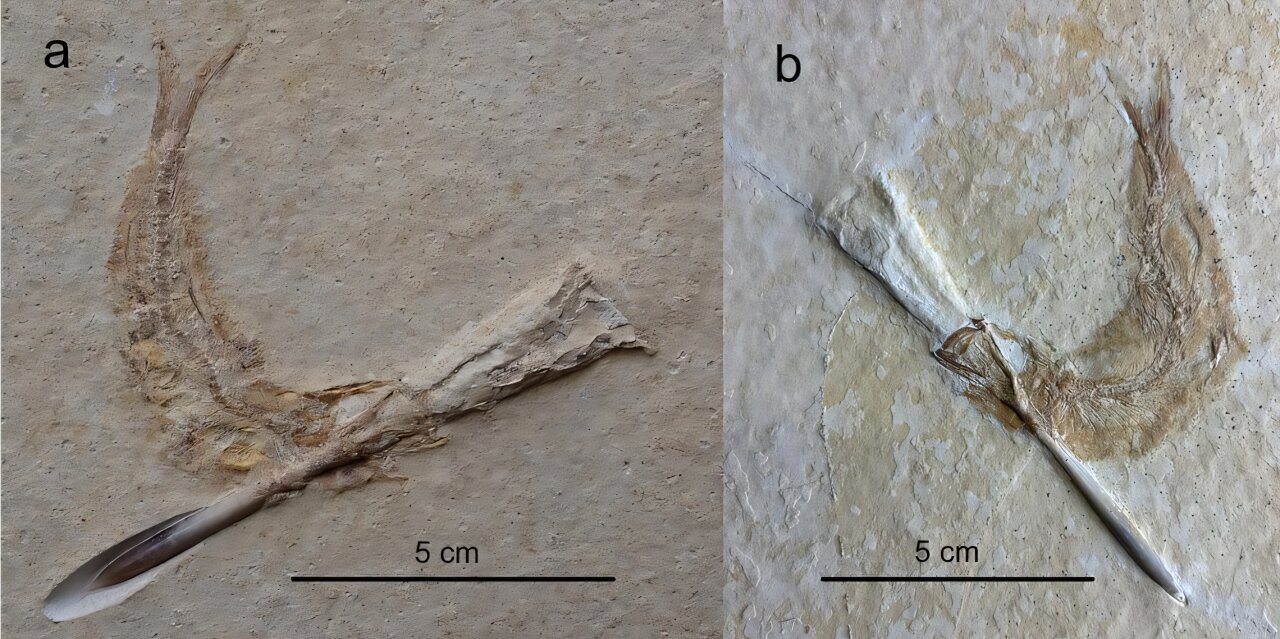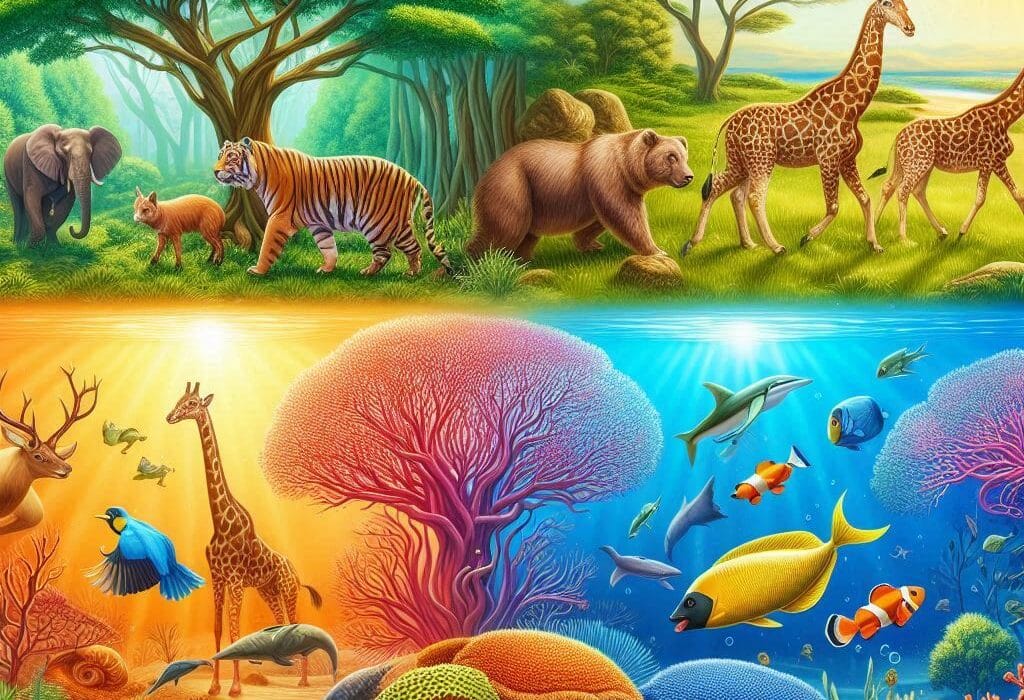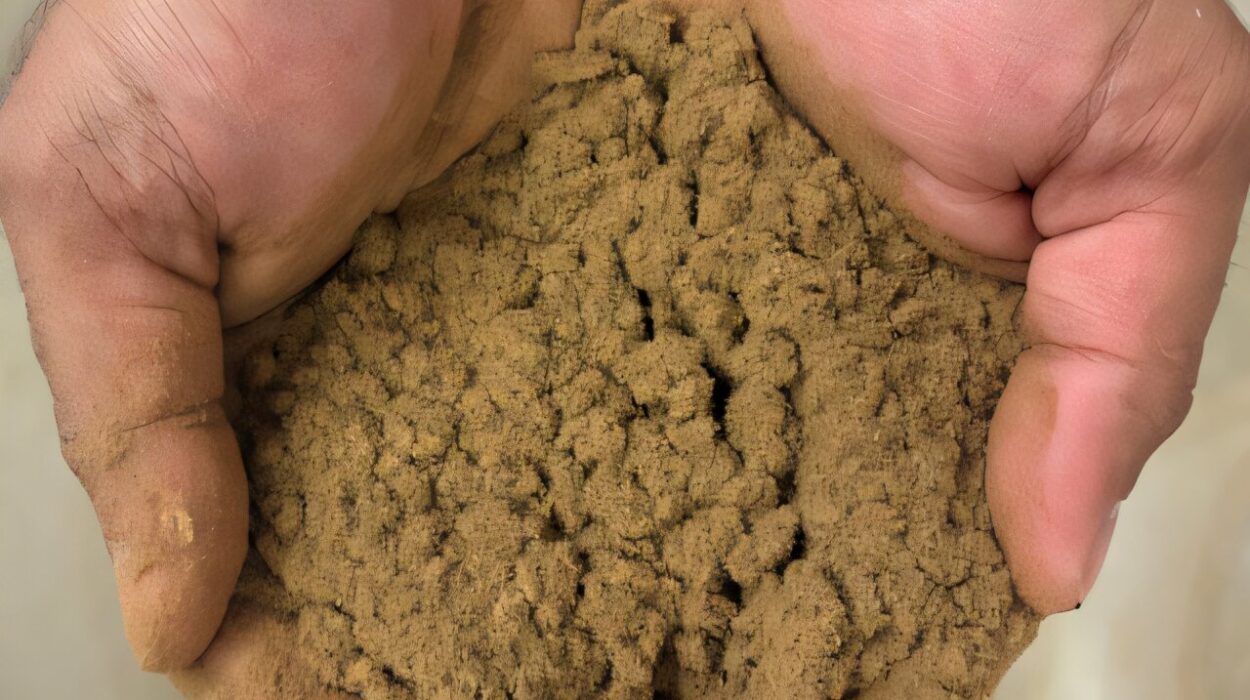Every living thing on Earth—from the tiniest microbe to the tallest tree, from the simplest virus to the complexity of a human being—is built upon instructions coded in molecules so small they’re invisible to the eye. Yet these molecules govern the choreography of life with astonishing precision. At the heart of this molecular ballet are two essential players: DNA and RNA.
DNA (deoxyribonucleic acid) and RNA (ribonucleic acid) are often mentioned in textbooks and labs, but few outside of biology appreciate how different and vital each of them is. They are more than just chains of nucleotides. They are archivists, messengers, editors, and builders. Together, they keep life functioning and evolving.
Understanding the key differences and functions between DNA and RNA is not just an academic exercise—it’s a journey into the essence of what makes life possible.
The Chemical Blueprint: What Are DNA and RNA?
To understand how DNA and RNA differ, we first need to understand what they are.
Both DNA and RNA are nucleic acids, long chains of building blocks called nucleotides. Each nucleotide contains three parts: a sugar molecule, a phosphate group, and a nitrogenous base. These components string together in a specific sequence, forming a chain that carries information—much like letters forming words in a sentence.
Yet the differences start right at the sugar. DNA uses deoxyribose, a sugar that lacks one oxygen atom compared to RNA’s ribose. This seemingly minor difference makes DNA more chemically stable—a crucial trait for storing genetic information long-term. RNA’s ribose sugar, with its extra oxygen atom, makes it more reactive and thus more suitable for short-term roles.
There’s also a difference in bases. Both DNA and RNA share three of the same nitrogenous bases: adenine (A), guanine (G), and cytosine (C). But where DNA uses thymine (T), RNA swaps in uracil (U). This change helps cellular machinery distinguish between the two.
And then there’s structure. DNA usually exists as a double helix, with two strands coiled around each other like a twisted ladder. RNA, on the other hand, is usually single-stranded, though it can fold into complex shapes. The double helix makes DNA rigid and protective; RNA’s flexibility makes it an ideal molecule for diverse, adaptable tasks.
Origins and Evolution: The Ancient RNA World
Which came first—DNA or RNA?
Surprisingly, evidence suggests that RNA predates DNA in the history of life. Scientists believe in an “RNA World”—a time billions of years ago when RNA molecules both stored genetic information and catalyzed chemical reactions. In this ancient world, RNA was the master of all trades. It could carry genetic instructions and also act like an enzyme, sparking reactions necessary for life.
Eventually, life grew more complex and needed a more stable way to archive its information. That’s when DNA emerged—less reactive, more robust, and better suited for long-term storage. Proteins took over many of RNA’s catalytic roles, and RNA settled into its new job: bridging the genetic archive and the cellular machinery.
But the echoes of the RNA World still resonate today. Ribozymes—RNA molecules that act like enzymes—still exist. And RNA remains at the core of some of life’s most essential tasks.
DNA: The Guardian of Heredity
DNA’s primary function is to store genetic information. It is the molecular archive that defines an organism’s identity and potential. In every cell of your body (except red blood cells), DNA coils itself into chromosomes and lives in the nucleus, like an ancient scroll protected in a sacred library.
Each strand of DNA is composed of sequences of nucleotides arranged in a precise order. These sequences form genes, and each gene holds the instructions for making a particular protein. Proteins, in turn, carry out nearly all cellular tasks—from catalyzing reactions to forming structures, transporting molecules, and sending signals.
The entire set of an organism’s DNA is called its genome. The human genome contains approximately 3 billion base pairs spread across 23 pairs of chromosomes. But only about 1.5% of this DNA codes for proteins. The rest includes regulatory sequences, introns, and repetitive elements—non-coding regions that, far from being “junk,” may play vital roles in controlling gene expression and evolution.
DNA replication ensures that when a cell divides, each new cell receives an exact copy of the genetic blueprint. Special enzymes, like DNA polymerase, uncoil the double helix and help create a perfect copy. This extraordinary fidelity—about one mistake per billion nucleotides—ensures that life maintains continuity across generations.
Yet mutations do occur, sometimes causing disease, sometimes enabling evolution. The balance between stability and change is the story of life’s resilience.
RNA: The Versatile Messenger and Maker
If DNA is the blueprint, RNA is the team of builders and scribes who bring that blueprint to life. RNA is not just a passive messenger. It is an active participant in the expression of genes, the synthesis of proteins, and the regulation of cellular activity.
The most familiar type of RNA is messenger RNA (mRNA). It acts as a middleman between DNA and proteins. Here’s how it works:
In the nucleus, DNA unwinds just enough to expose the gene that needs to be expressed. RNA polymerase, an enzyme, reads the DNA template and synthesizes a complementary strand of mRNA. This process is called transcription.
Once formed, the mRNA molecule exits the nucleus and enters the cytoplasm, where it meets the cell’s protein-making machinery—the ribosomes. There, transfer RNA (tRNA) brings amino acids to the ribosome, and the mRNA sequence is read in triplets called codons, each of which corresponds to a specific amino acid. The process of translating mRNA into a protein is called translation.
But RNA does more than ferry messages. Other types of RNA serve essential functions:
- Ribosomal RNA (rRNA) makes up the core of ribosomes and catalyzes protein synthesis.
- tRNA delivers the correct amino acids to the ribosome.
- Small nuclear RNA (snRNA) helps edit mRNA before it leaves the nucleus.
- MicroRNA (miRNA) and small interfering RNA (siRNA) regulate gene expression by silencing or degrading mRNA.
RNA is astonishingly versatile—able to fold into intricate shapes, bind to proteins or DNA, and even catalyze reactions. It is a molecular Swiss Army knife, essential to every living cell.
Structural Contrasts: Stability vs Flexibility
One of the most striking differences between DNA and RNA lies in their stability. DNA’s double-helix structure is like a fortress. Its two strands form hydrogen bonds between complementary bases, protecting the genetic code from chemical damage. In addition, DNA’s deoxyribose sugar makes it less prone to hydrolysis, allowing it to endure over time—even thousands of years, as seen in fossil DNA.
RNA’s single-stranded structure makes it less stable but more dynamic. It can fold into loops, bulges, and hairpins, forming complex three-dimensional shapes. This structural flexibility is key to its function—especially in processes like splicing, translation, and gene regulation.
RNA’s instability is not a flaw—it’s a feature. Its short-lived nature ensures that genetic instructions are temporary and responsive. When a message is no longer needed, the RNA is broken down and recycled, keeping the cell’s protein-making machinery nimble and efficient.
Cellular Locations: Where They Work
Another key difference lies in their cellular addresses. In eukaryotic cells, DNA lives almost exclusively in the nucleus, safely housed and rarely exposed. There are exceptions—mitochondria and chloroplasts also have their own DNA, a relic of their evolutionary origins as independent organisms.
RNA, in contrast, is transcribed in the nucleus but operates throughout the cell. Once synthesized, mRNA exits the nucleus and enters the cytoplasm, where it interacts with ribosomes and other RNA types. Some RNAs work in the nucleolus, helping to assemble ribosomal subunits. Others travel to specialized regions or are packaged into vesicles for transport.
The mobility of RNA reflects its role as the cell’s communicator and executor—a messenger moving swiftly between departments to ensure the entire organism functions harmoniously.
DNA and RNA in Health and Disease
When DNA is damaged or misread, the consequences can be profound. Mutations in DNA can lead to cancer, genetic disorders, or cellular malfunction. Some mutations are inherited; others are caused by environmental factors like radiation, toxins, or viruses.
RNA, too, plays a role in disease. Many viruses—such as influenza, HIV, Ebola, and coronaviruses—use RNA as their genetic material. These RNA viruses mutate rapidly, making them difficult to treat or prevent with vaccines. But RNA is also a powerful tool in fighting disease.
The COVID-19 pandemic brought RNA into the global spotlight with the development of mRNA vaccines. These vaccines, like those from Pfizer-BioNTech and Moderna, use synthetic mRNA to instruct human cells to produce a harmless piece of the virus’s spike protein. This teaches the immune system to recognize and fight the real virus.
Beyond vaccines, RNA-based therapies are being explored for genetic disorders, cancer, and neurological diseases. RNA interference (RNAi), for example, can selectively silence faulty genes, offering a new frontier in precision medicine.
Biotechnology and the Future of DNA and RNA
Advances in biotechnology have unlocked the potential of both DNA and RNA for research, medicine, and industry.
DNA sequencing allows scientists to read the genetic instructions of any organism. The Human Genome Project, completed in 2003, decoded the entire human genome, revolutionizing our understanding of health, ancestry, and evolution.
CRISPR-Cas9, a revolutionary gene-editing tool, uses RNA to guide enzymes to precise locations on the DNA strand, enabling scientists to snip, insert, or repair genes with unprecedented accuracy. This opens the door to potential cures for genetic diseases—but also raises profound ethical questions.
RNA therapeutics are also booming. Beyond vaccines, researchers are developing RNA-based drugs that can treat previously untreatable conditions. These therapies are faster to develop, easier to customize, and more adaptable to different diseases than traditional drugs.
Synthetic biology is even exploring the creation of artificial RNA and DNA to build new organisms or molecular machines—a blend of science fiction and reality that challenges the boundaries of life itself.
Philosophical Reflections: Molecules That Make Meaning
At the molecular level, DNA and RNA are just sequences of atoms. But what they do is nothing short of miraculous. They give rise to eyes that see, hearts that beat, and minds that think. They encode the songs of whales, the colors of butterflies, the roots of oak trees, and the laughter of children.
They are not just molecules. They are messengers of time, carrying the wisdom of billions of years. They are sculptors of form and function, builders of bone and brain. In them resides the story of evolution—and perhaps, the key to our future.
To study DNA and RNA is to stand at the edge of life’s great mystery and peer into the code that creates it all.
Conclusion: Two Strands, One Life
DNA and RNA are twin miracles, each with its own strengths and roles. DNA is the wise archivist, preserving the genetic story across generations. RNA is the vibrant communicator, the builder, the regulator, the bridge between past and present.
Together, they are the foundation of biology—the reason a single fertilized egg can become a person, the reason cells know what to do, the reason life endures and adapts.
The more we learn about DNA and RNA, the more we realize that the secrets of life are not locked in some mystical force—but written in code, ready to be read, understood, and perhaps one day, rewritten.
In a universe full of stars and silence, these molecules whisper the story of life.






